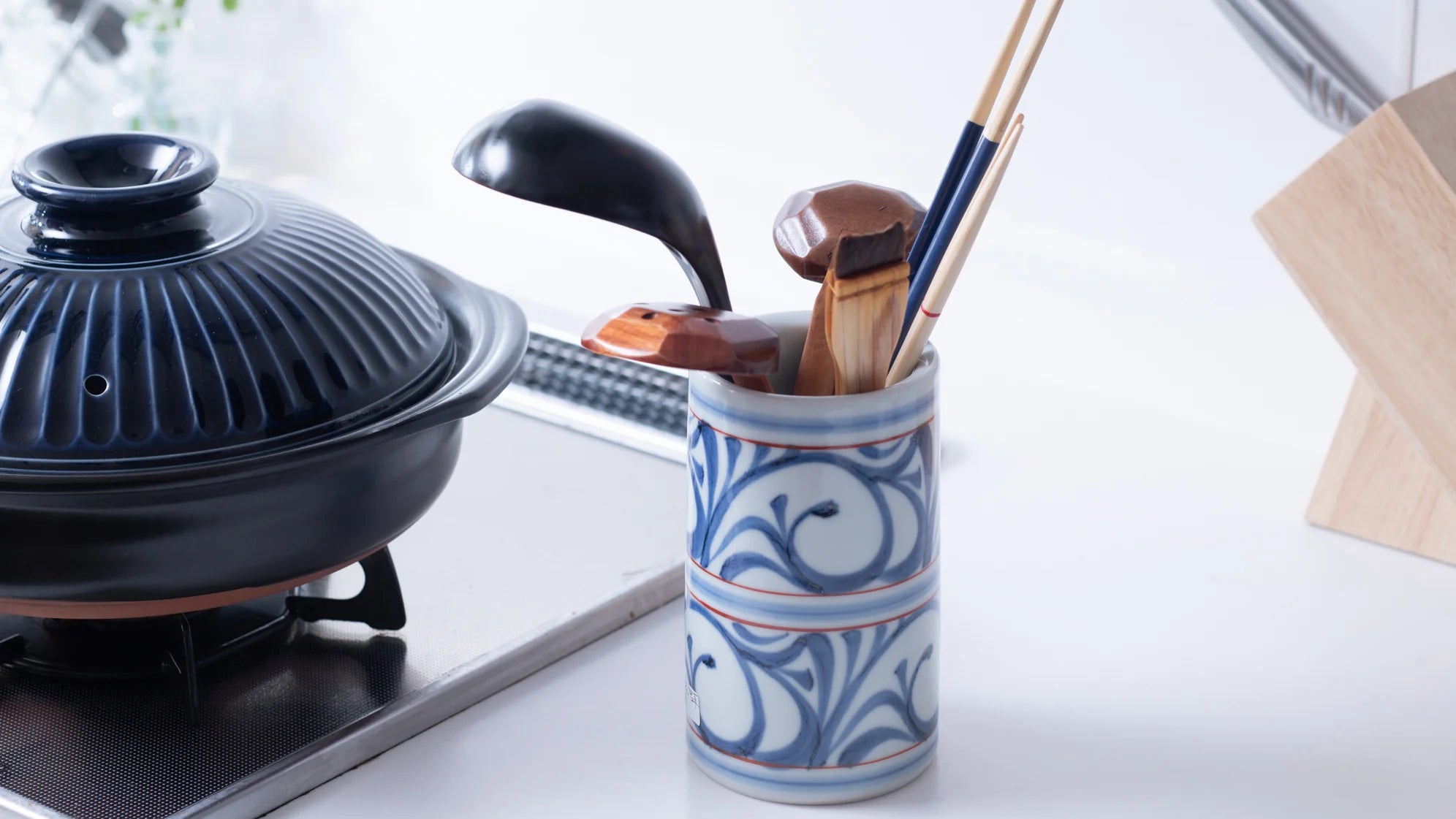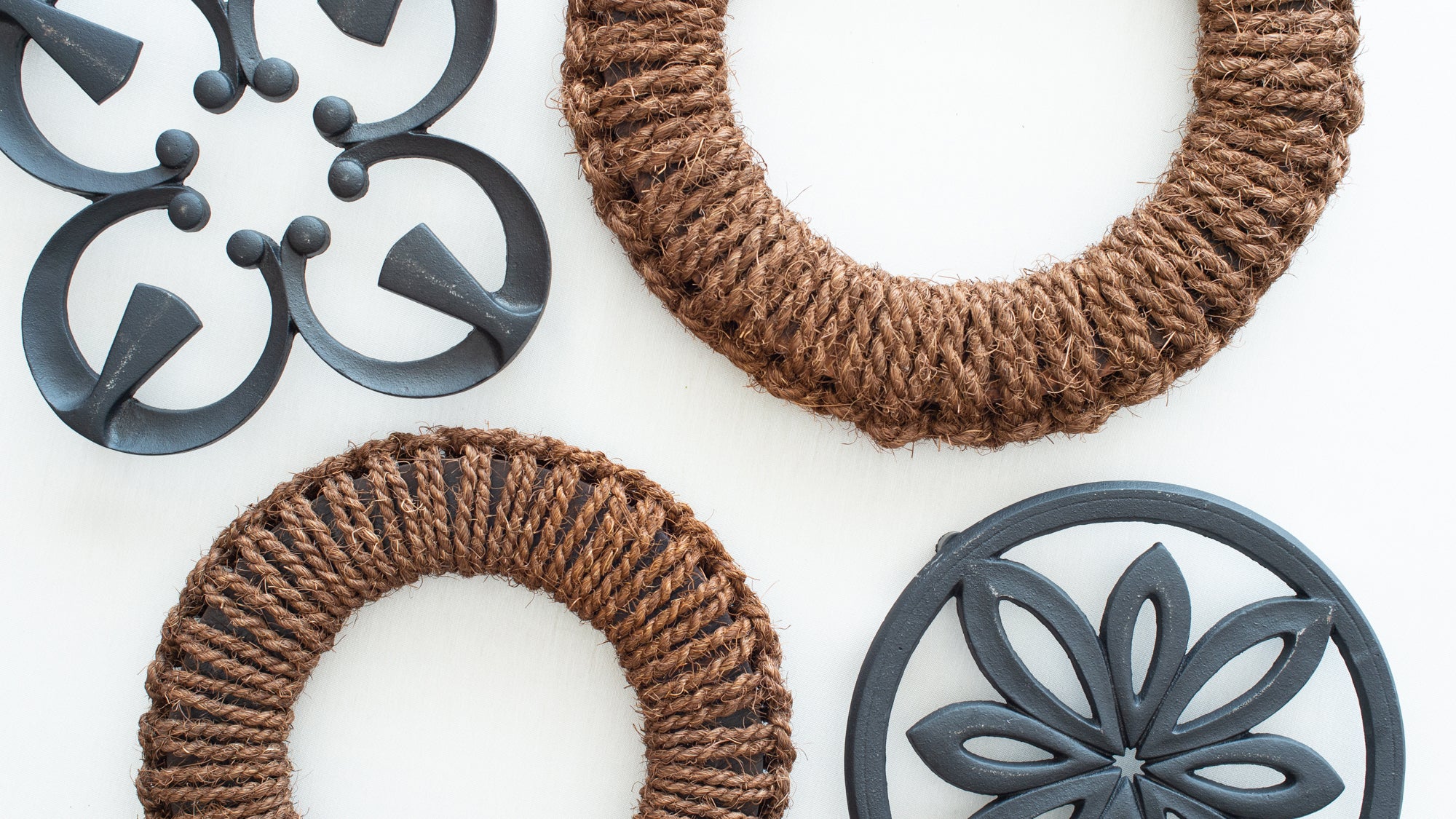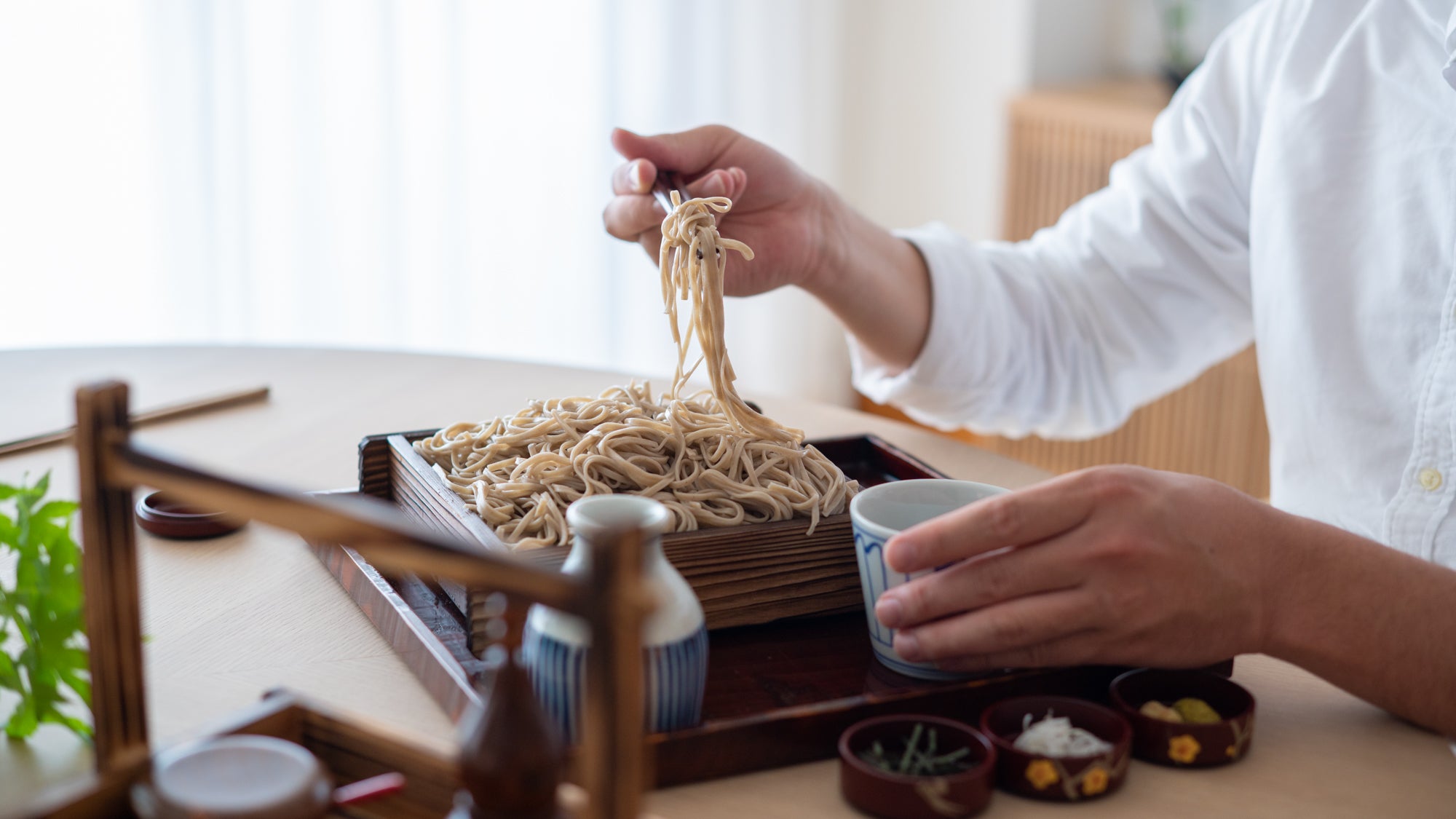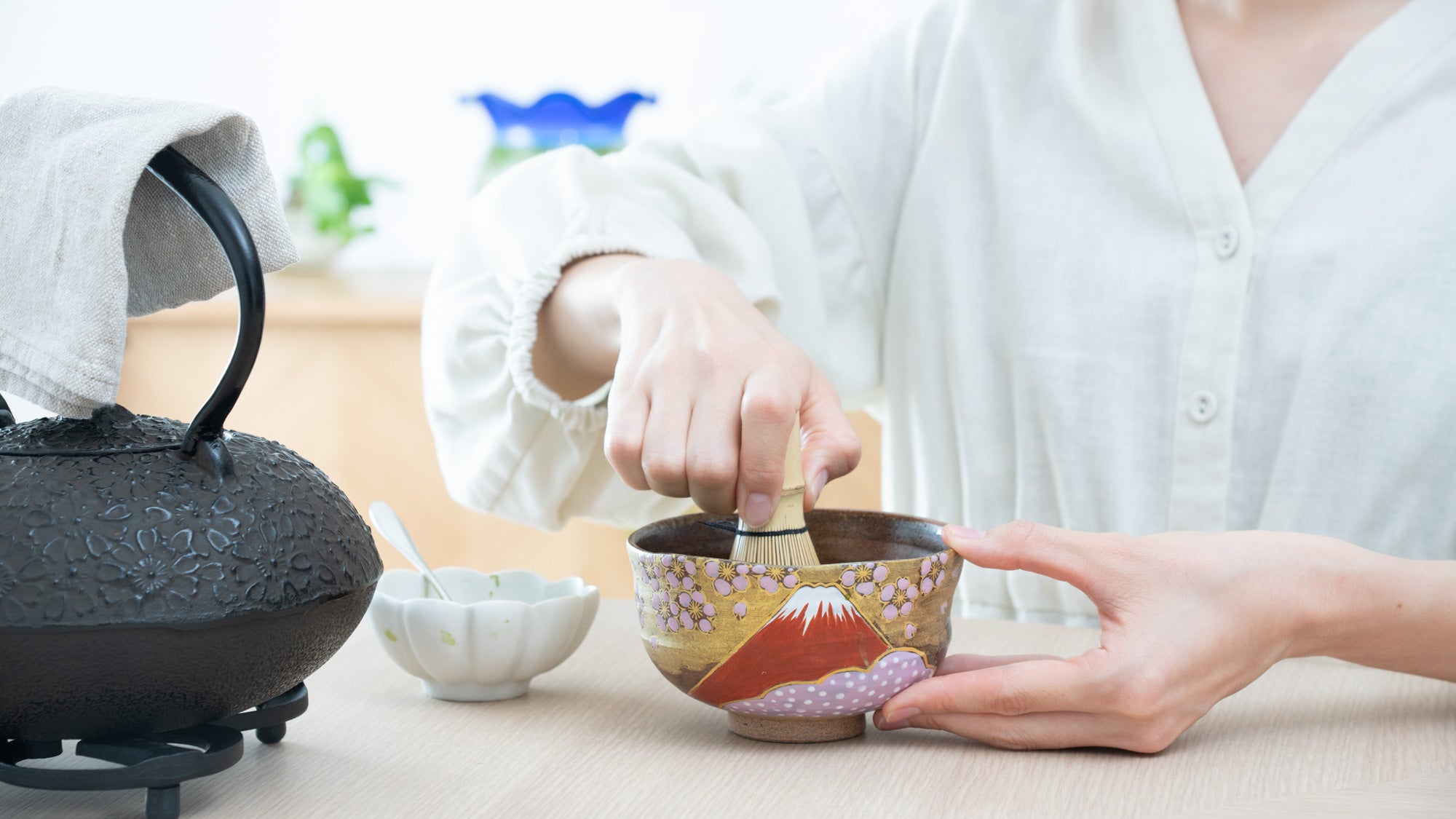25 April 2023
Discovering the Charms of Japanese Whisky

In recent years, the exportation of Japanese alcoholic beverages has skyrocketed to an all time high, and records show the sales of whisky in 2021 has more than doubled compared to those in 2019. Japanese whisky is continuously increasing in popularity and has become the most in-demand Japanese spirit from overseas buyers due to its rarity and award-winning reputation.
Japanese whisky makers are known for their meticulous attention to detail, from the selection of the ingredients to the blending and aging of the whiskies. This attention to detail helps to create a unique and complex flavor profile that sets Japanese whisky apart from other types of whisky.
Read further to learn about what Japanese whisky is about, its history, and all of its charms!
Contents
- Japanese Whisky
- History
- Ways to Drink and Food Pairings
Japanese Whisky
Japanese whisky (note the spelling with "whisky" instead of "whiskey") is a type of whisky that is produced in Japan. The spelling "whiskey" refers to Irish and American production methods, whereas "whisky" indicates the adherence to certain Scottish whiskey-making traditions. Japanese whisky is made using similar methods to Scotch whiskey, but with some differences in the ingredients, techniques, and equipment used.
Whisky in Japan is made from a combination of malted and unmalted grains, such as barley, corn, and wheat, which are mashed and fermented before being distilled. The whisky is then aged in oak barrels, where it takes on its distinctive flavor and color.

Japanese whisky is known for its smoothness and balance, with a delicate, nuanced flavor that is often described as floral, fruity, and slightly smoky. This is due in part to the use of pure, soft water from Japan's mountains, as well as the careful attention to detail that goes into the production process.
History
The history of Japanese whisky dates back to the early 20th century. In 1923, Shinjiro Torii established the Yamazaki Distillery, which became the first commercial whisky distillery in Japan. Torii was inspired by his travels to Scotland, where he learned the art of whisky making.
Initially, the demand for whisky in Japan was low, and it wasn't until after World War II that Japanese whisky began to gain popularity. In the post-war period, the Japanese economy began to grow rapidly, and there was a surge in demand for luxury goods, including whisky.

Young Shinjiro Torii, Torii Shoten, Akadama Port Wine and Advertisements
Source: Suntory Whisky 100th Anniversary Press Conference Materials
In the 1960s and 1970s, Japanese whisky began to gain international recognition, winning numerous awards at whisky competitions around the world. This success was due in part to the unique Japanese approach to whisky making, which emphasized precision and attention to detail.
One of the most famous Japanese whisky brands is Suntory, which was founded by Torii in 1923. Suntory's flagship whisky is Yamazaki, named after the distillery where it is produced. Another well-known brand is Nikka, which was founded by Masataka Taketsuru, who studied whiskey making in Scotland before returning to Japan to establish his own distillery.
Today, Japanese whisky is considered among the best in the world, with many of the top brands winning awards and accolades from whisky enthusiasts and experts. The popularity of Japanese whisky has also led to a surge in demand, and some rare and limited-edition bottles can fetch high prices at auctions.
Ways to Drink and Food Pairings

When it comes to Japanese whisky, the best way to enjoy it really depends on personal preference! Here are some common ways to enjoy Japanese whisky:
Neat: Many people prefer to drink Japanese whisky neat, meaning without any mixers or ice. This allows you to fully appreciate the flavor and aroma of the whisky.
On the rocks: If you prefer your whisky chilled, you can serve it over ice. However, be aware that adding ice can dilute the flavor of the whisky.
With a splash of water: Adding a small splash of water can help to open up the flavors and aromas of the whisky, making it more complex and nuanced.
In a highball: A highball is a popular Japanese whisky cocktail that combines whisky with sparkling water and ice. It's a refreshing drink that's perfect for warm weather.
In a whisky sour: Another popular cocktail is the whisky sour, which combines whisky with lemon juice and simple syrup. It's a tangy, refreshing drink that's perfect for any occasion.

Moreover, Japanese whisky can be paired with a wide range of foods, from traditional Japanese cuisine to international dishes. For example, the fresh and delicate flavors of sushi and sashimi complement the smooth nuanced flavors of a light and floral Japanese whisky. Other ideal pairings include tempura or "yakitori" (Japanese-style skewered chicken). Smoky and peaty Japanese whiskies also pair well with chocolate and cheeses.
Japanese whisky can be paired with a wide range of foods, from light and delicate flavors to bold and intense flavors. The key is to experiment and find the pairing that works best for your taste preferences!
Overall, the combination of high-quality ingredients, attention to detail, unique barrel aging, blending expertise, and cultural significance all contribute to what makes Japanese whisky stand out from other types of whiskey. It is a spirit that has gained a global reputation as one of the finest whiskies in the world, and is highly sought-after by whiskey enthusiasts and collectors. We hope this article inspires you to enjoy a bottle at home or paired with a delicious meal at a Japanese restaurant!



























































































































































































































